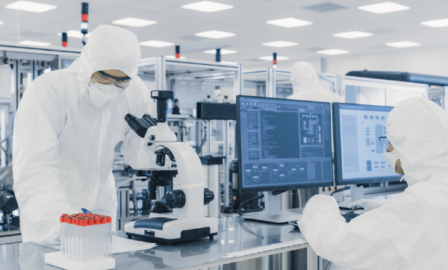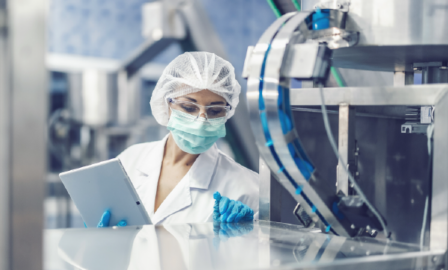Machine Learning and the Future of Medical Devices
Recent advances in technology have introduced consumers to a range of devices that have the potential to improve and extend their lives, from Fitbits to Preventice’s BodyGuardian Sensor to Novartis and Google’s blood-sugar monitoring contact lenses. Medical devices have evolved dramatically over the past several years, and machine learning (ML) will likely facilitate the next generation of intelligent medical devices.
A subfield of computer science, ML is the study of computer algorithms that “learn” from their latest findings by building models of these inputs to develop data-driven predictions. There are over a dozen industry-recognized approaches or algorithms to achieve this type of artificial intelligence. Of these, support vector machines (SVM) and Bayesian networks (BN) are the most commonly used; they have been successfully implemented in various medical devices in use today, particularly those designed for medical imaging and clinical diagnostics.
To fully understand the potential of ML, let’s further explore the BN approach. This approach looks for probabilistic relationships between various parameters. A BN algorithm in a medical device may look for relationships between symptoms and conditions. And, along with input from personal medical histories and medical databases such as the NIH’s Unified Medical Language System (UMLS®), it can provide a clinical diagnosis with significant confidence.
To further illustrate such a device’s purpose, consider a medical imaging device that could take a picture of target tissue and compare it to a library that has been carefully curated based on personal medical history. This data library would contain established healthy and ailing images, and would be searched to determine a best match. Based on the result, the device would recommend the best treatment, and would then add the new case and its outcome to the library for future diagnostics purposes. Such devices could be used to provide clinical diagnosis—and a path to recovery—for a simple common cold or complex brain abnormalities. The possibilities of application are only limited by the data available and robustness of the underlying algorithm technology.
Demand for medical devices capable of machine learning is increasing, so why are there so few intelligent medical devices on the market? The answer to this is threefold.
First of all, even though the ML technology exists, an algorithm has yet to be created that is as effective as doctors. Doctors’ expertise and intuition, combined with their ability to integrate multiple contributing factors, has not been successfully reproduced in any device. To achieve this level of sophistication, medical device manufacturing companies will need to spend significant resources to further develop and refine their current ML algorithms.
Secondly, legal and regulatory hurdles such as HIPAA laws and liability concerns may prevent manufacturers from gathering the data necessary to properly conduct studies and test their devices, which is required for FDA approval. As electronic medical records become more widely used, manufacturers could potentially obtain this data without underlying confidential information. Finally, doctors and patients may not trust computational diagnoses, so device manufacturers will need to explore ways to educate them on the device’s function and purpose – which is to complement medical care and not replace it.
Consumer expectations will continue to drive demand for intelligent devices. However, as medical device and technology companies continue to innovate, they’ll need to consider not only legal and regulatory impacts, but what the future of healthcare may look like if machine learning becomes the new standard.


